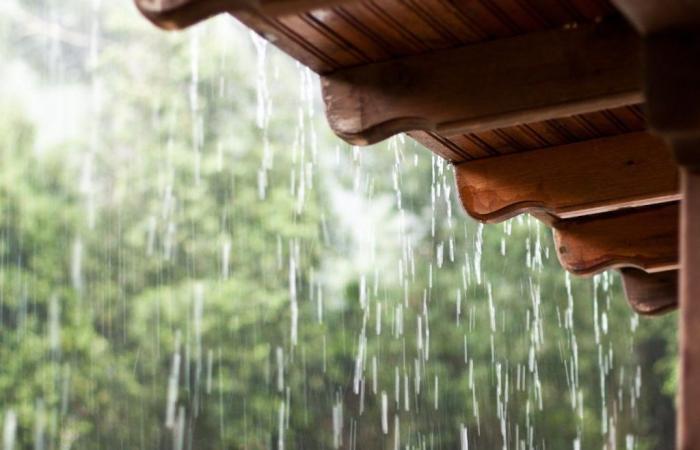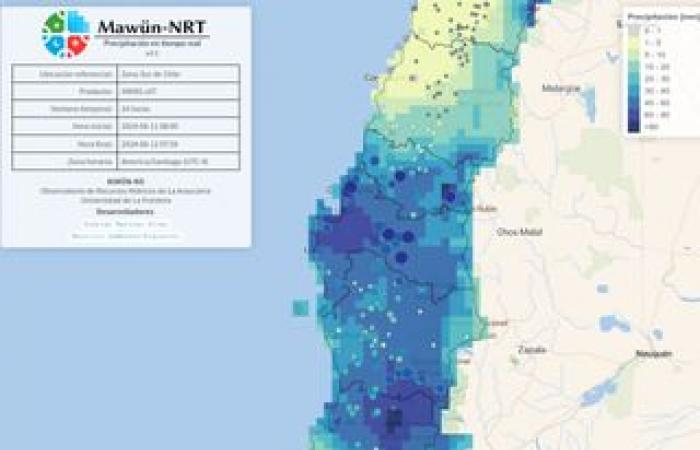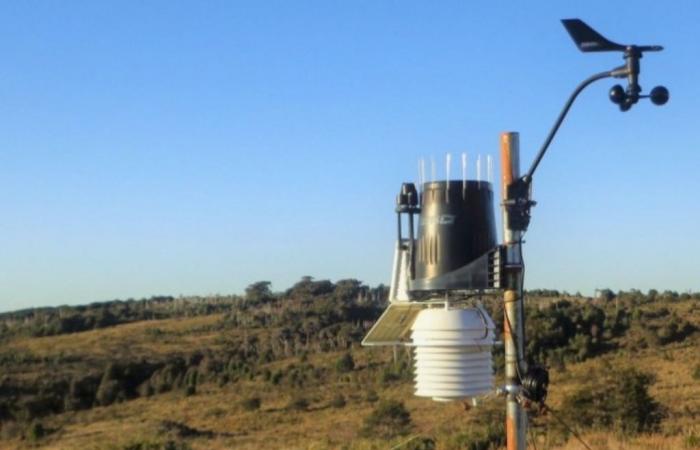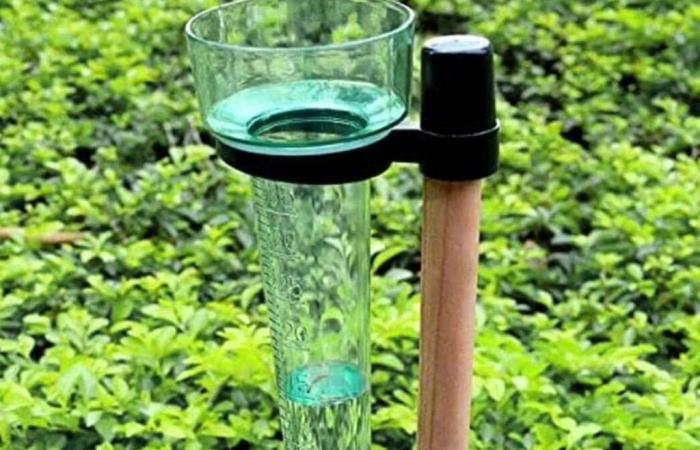In a world where technology advances rapidly, Citizen observation networks and low-cost sensors are emerging as crucial tools in the weather monitoring.
These increasingly accessible devices are allowing hobbyists and entire communities to actively contribute to the collection of meteorological data, improving prediction accuracy and understanding of local microclimates.
Furthermore, in a context of growing concern about the impacts of air pollution on health and the environment, the World Meteorological Organization (WMO) has highlighted the potential of sensors to assess pollution levels, identify their sources and support strategies to reduce them.
Citizen sensors: real-time weather monitoring
The citizen observation networks are initiatives in which non-professional people, from meteorology enthusiasts to citizens concerned about the local climate, use low cost sensors (LSC) for record data such as temperature, humidity, precipitation and atmospheric pressure.
LSCs use basic but efficient technology to measure aspects such as the amount of rainfall, the frequency of rainfall, and in some cases, the chemical composition of rainwater.
Although these devices do not always meet the rigorous standards of official weather agencies, they offer a key advantage: the ability to deploy in areas where traditional stations are scarce or non-existent.
Another advantage of LSCs is that provide real-time datawhich is crucial for the early detection of extreme events such as storms, floods or droughts, as well as to monitor air quality in real time.
Citizen rain gauges: the case of Chile
A notable example of a citizen observation network is the project “Citizen Rain Gauges” in Chile. This initiative, developed by the University of Chile, seeks better understand the spatial distribution of precipitation in the Santiago Metropolitan Region, using data collected by more than 100 volunteers distributed in 10 working groups.
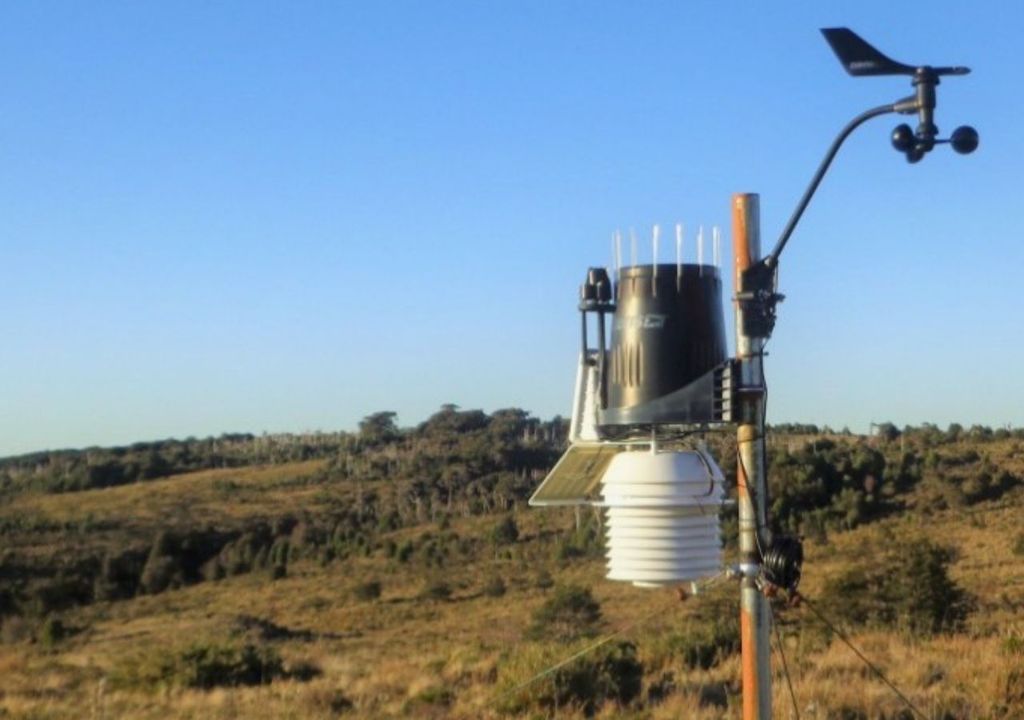
The professor of the Department of Geophysics (DGF) of the University of Chile and creator of this initiative, Patricio Aceituno, declared in a press release from the institution that “if you want to count the flows of how much water the rain contributes and how much is lost through evaporation or runoff in the channels or infiltrates into the underground water tables, it is not enough to measure the precipitation at one or two points, but to know how it is distributed throughout the basin.”
Meteorology fan networks: a global community
Around the world, amateurs and professionals have created observation networks that share data and knowledge. The Chilean Amateur Meteorological Network is a prominent example, where personal, although unofficial, weather stations contribute to a better understanding of local and regional climate.
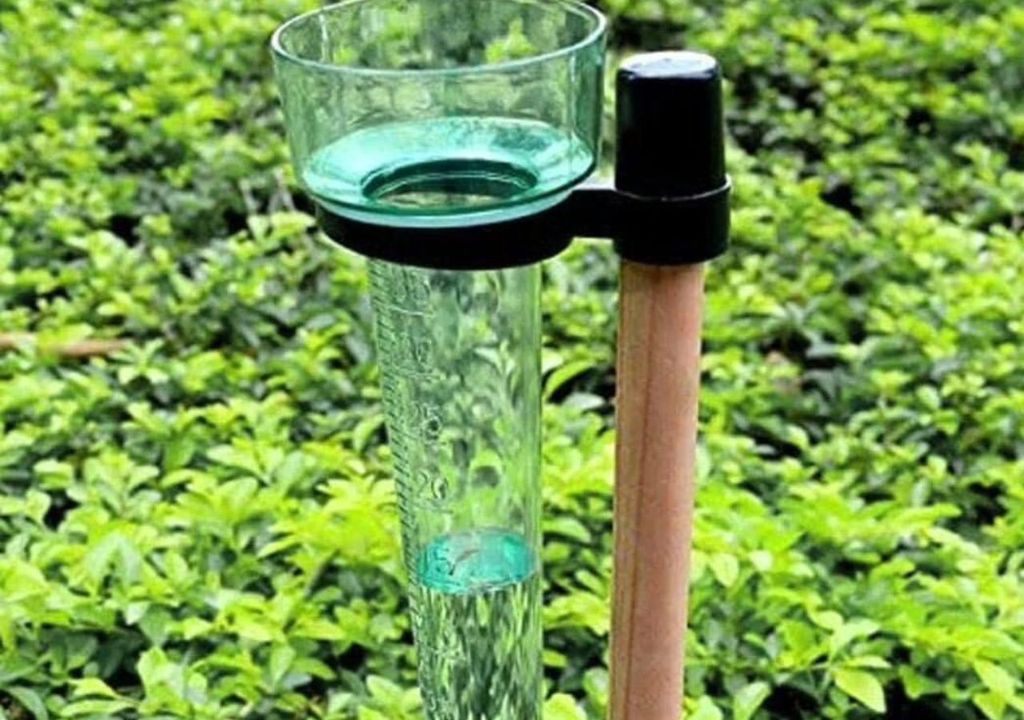
Citizen observation networks and low-cost sensors are democratizing access to meteorological data precise and detailed in Chile.
By engaging the community and leveraging affordable technology, you are building a future where weather information is more accurate, accessible and relevant to everyone.
News reference:
World Meteorological Organization report. Integrating Low-Cost Sensor Systems and Networks to Enhance Air Quality Applications. Published on wmo.int.

